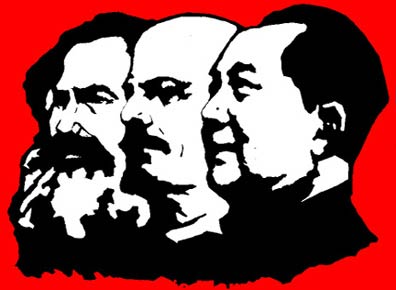Queen Elizabeth II passed away peacefully on September 8th, marking the end of her 70-year reign of prosperity, the longest reign of any British monarch. She dedicated her life, marked full of obstacles and struggles, to her people, and became a beloved public figure.
Elizabeth Alexandra Mary Windsor was born on April 21, 1926 and was raised in a loving family. When George V, then King of Britain, passed away in 1936, Elizabeth’s uncle Edward VIII became king. Soon after, he proposed to Wallis Simpson, an American divorcee, creating a scandal that forced him to abdicate the throne. Elizabeth’s father, George VI, reluctantly assumed the throne on the eve of World War II, giving young Elizabeth a preview of what she would later experience.
When they crossed paths in 1939, Elizabeth fell in love with Philip, her third cousin, who was a Greek prince, exchanging letters with him throughout the war. She expressed her desire to marry Philip, which was faced with backlash because of Philip’s foreign ancestry. They eventually married on November 20, 1947, and moved to Malta, where Philip was stationed. This was cut short as George VI passed away in February of 1952, forcing Elizabeth to return to Britain and ascend the throne at the age of 25. Philip was thought to have given her much support, especially because of how young she was when she was crowned, supporting her to become the influential monarch she becomes – Elizabeth acknowledges this, calling Philip her “strength and stay.”
SRA JERRY WILSON, Public domain, via Wikimedia Commons
One of the most significant cultural changes that Elizabeth made was to open the Royal Family more to the public, filming the 1969 documentary “Royal Family” about their everyday lives. This gained the Royal Family more love from their people and humanized them, an evolution from how the monarchy used to be viewed. Elizabeth also thought public service to be very important, becoming the Royal Patron or President of over 500 different organizations.
On the political side of her reign, Elizabeth placed a lot of emphasis on being connected with her people throughout the United Kingdom and the Commonwealth. Soon after her coronation, she ventured on a tour of the Commonwealth and continued visiting often throughout her reign, and was even filmed dancing with Ghanian leader Kwame Nkrumah. Elizabeth also visited every region of the United Kingdom, devoting much of her time traveling and keeping in contact with representatives throughout her country.
The death of the queen devastated Britons and the Royal Family, as millions mourn her passing. Charles III stated, “We mourn profoundly the passing of a cherished sovereign and a much-loved mother… I know her loss will be deeply felt throughout the country, the realms and the Commonwealth, and by countless people around the world.”
However, there are mixed feelings towards the queen’s passing, especially those from countries previously colonized by Britain. This is understandable: the British have committed many horrible acts under Elizabeth, trying to cling on to their colonies and harming millions in the process. For example, during the beginning of Elizabeth’s reign, the British troops crushed the Mau Mau rebellion in Kenya and captured hundreds of thousands of Kenyans, forcing them into detention camps. There are many more instances of this, such as the British siding with Nigerian forces in killing around one million people from the Ibo ethnic tribe in efforts to suppress Biafran secession efforts. Despite all the atrocities that the British colonies suffered, Elizabeth never issued a formal apology or reparations, and still adorned herself with evidence of British colonization — her crown was bedazzled with 105-carat Kohinoor diamond, which Britain forced India to hand over when India was still colonized. Many South Africans are now calling for the Cullinan diamonds to be returned, with no response from the British monarchy. This is part of a trend of Britain ignoring evidence of the violence in their colonialist endeavors — one infamous example is the British Museum of Natural History, in which the exhibitions are almost entirely made up of colonized objects despite the widespread criticism faced. Others are calling for the end of the British monarchy, not seeing the purpose of a monarch in the modern world.
A few days after Elizabeth’s passing, Charles III was officially proclaimed as Britain’s new monarch as he signed his first declaration in his ascension ceremony. Now all eyes are on King Charles III and Britain’s recovery from Elizabeth’s death.
Sources:

















![Teacher [Milk] Tea: Part 2](https://bisvquill.com/wp-content/uploads/2024/03/Screen-Shot-2024-03-19-at-9.28.48-PM.png)




































